Growing Peppercorns: Spice Up Your Garden with This Exotic Vine
As an avid gardener and spice enthusiast, I’ve found that growing peppercorn plants is an exciting and rewarding experience. These tropical vines not only add a touch of the exotic to your garden but also provide you with fresh, aromatic peppercorns right at your fingertips. In this guide, I’ll share my firsthand knowledge and expert tips on how to successfully cultivate peppercorn plants, from seed to harvest.
Understanding Peppercorn Plants
Before diving into the cultivation process, let’s explore what makes peppercorn plants unique:
Botanical Background Peppercorn plants (Piper nigrum) are perennial woody vines native to the tropical regions of South India. These climbing plants can reach heights of up to 33 feet (10 meters) in their natural habitat. The vines produce small, round fruits known as peppercorns, which are harvested and dried to create the familiar black pepper we use in cooking.
Types of Peppercorns While we commonly think of black peppercorns, there are actually several varieties:
- Black peppercorns: Unripe green fruits that are dried until they turn black
- White peppercorns: Fully ripe fruits with the outer skin removed
- Green peppercorns: Unripe fruits that are quickly dried or preserved
- Red peppercorns: Fully ripe fruits that are rarely found commercially
Climate Requirements Peppercorn plants thrive in tropical and subtropical climates. They prefer:
- Temperatures between 75-85°F (24-29°C)
- High humidity (70-80%)
- Protection from direct sunlight and strong winds
Now that we understand the basics, let’s dive into the step-by-step process of growing peppercorn plants.
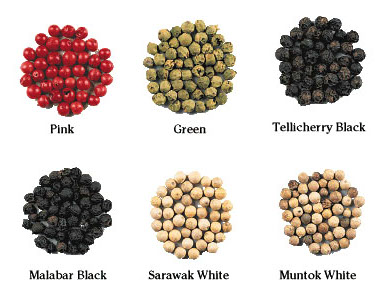
Obtaining Peppercorn Plant Material
To start your peppercorn growing journey, you’ll need to acquire either seeds or cuttings. Here are your options:
Seeds
- Purchase fresh peppercorn seeds from a reputable supplier
- Germination can be challenging and may take 30-50 days
- Soak seeds in warm water for 24 hours before planting to improve germination rates
Cuttings
- Obtain stem cuttings from mature peppercorn plants
- Look for healthy stems with at least 5-7 nodes
- Cuttings root more quickly and reliably than seeds
In my experience, starting with cuttings has yielded better results and faster growth.
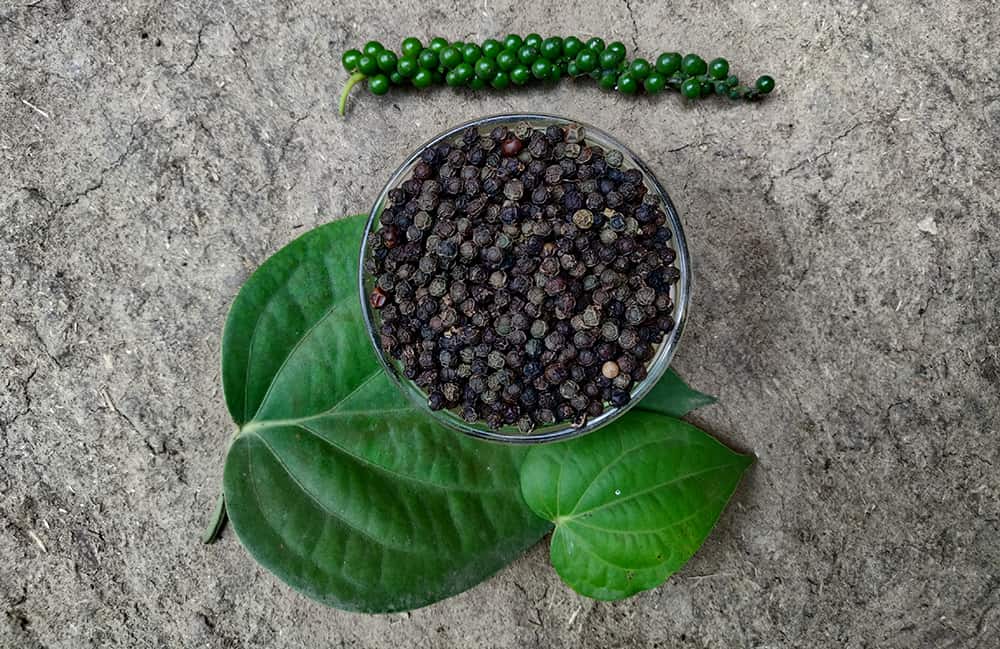
Preparing the Growing Medium
Peppercorn plants require well-draining, nutrient-rich soil. Create an ideal growing medium by mixing:
- 2 parts loamy soil
- 1 part perlite or coarse sand
- 1 part well-rotted compost or organic matter
This mixture ensures good drainage while retaining enough moisture and nutrients for healthy growth.
Planting Peppercorn Seeds or Cuttings
Planting Seeds
- Fill small pots (3-4 inches) with the prepared growing medium
- Plant seeds 1/4 inch deep, with 2-3 seeds per pot
- Water gently and cover pots with clear plastic to maintain humidity
- Place in a warm location (75-85°F) with indirect light
- Keep soil moist but not waterlogged
- Seedlings should emerge in 30-50 days
Planting Cuttings
- Prepare 6-inch pots with the growing medium
- Dip the cut end of the stem in rooting hormone powder
- Plant the cutting 2-3 inches deep in the soil
- Water thoroughly and cover with clear plastic to create a mini greenhouse
- Place in a warm, bright location with indirect light
- Roots should develop in 4-6 weeks
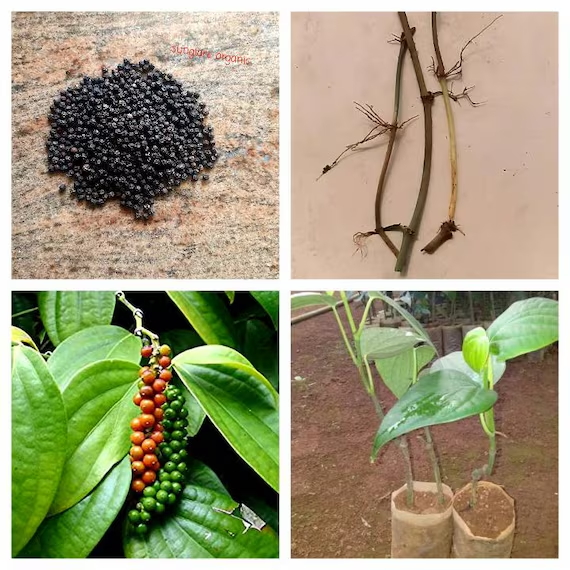
Caring for Young Peppercorn Plants
Once your seeds have germinated or cuttings have rooted, it’s time to focus on proper care:
Watering
- Keep soil consistently moist but not waterlogged
- Water deeply when the top inch of soil feels dry
- Use room temperature water to avoid shocking the plants
Light
- Provide bright, indirect light
- Protect from direct sunlight, especially during hot afternoons
- If growing indoors, use grow lights to supplement natural light
Temperature and Humidity
- Maintain temperatures between 75-85°F (24-29°C)
- Use a humidity tray or mist plants regularly to maintain high humidity
- Consider using a small greenhouse or humidity dome for optimal conditions
Fertilizing
- Begin fertilizing when plants show new growth
- Use a balanced, water-soluble fertilizer (10-10-10) at half strength
- Apply every 2-3 weeks during the growing season
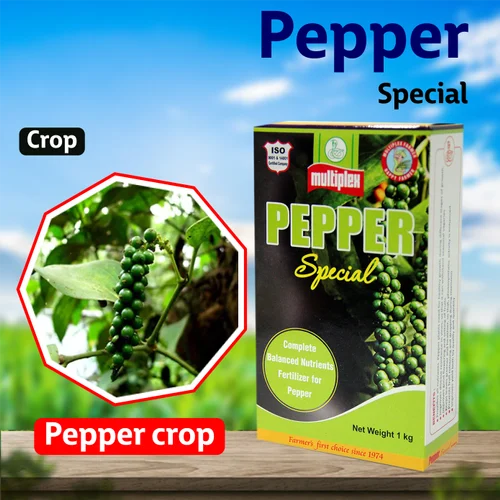
Providing Support for Climbing Vines
As your peppercorn plants grow, they’ll need support to climb:
- Install a trellis, stake, or other sturdy support near the plant
- Gently tie the main stem to the support using soft plant ties
- Guide new growth towards the support as the plant grows
- Prune any wayward stems to maintain a tidy appearance
Transplanting Peppercorn Plants
When your plants outgrow their initial containers, it’s time to transplant:
- Choose a pot at least 12 inches in diameter with good drainage
- Gently remove the plant from its current container
- Place in the new pot with fresh growing medium
- Water thoroughly and place in a bright, warm location
If you live in a suitable climate (USDA zones 10-11), you can transplant peppercorn plants outdoors:
- Choose a partially shaded location with well-draining soil
- Dig a hole twice the size of the root ball
- Amend the soil with compost and perlite
- Plant at the same depth as in the container
- Water deeply and mulch around the base
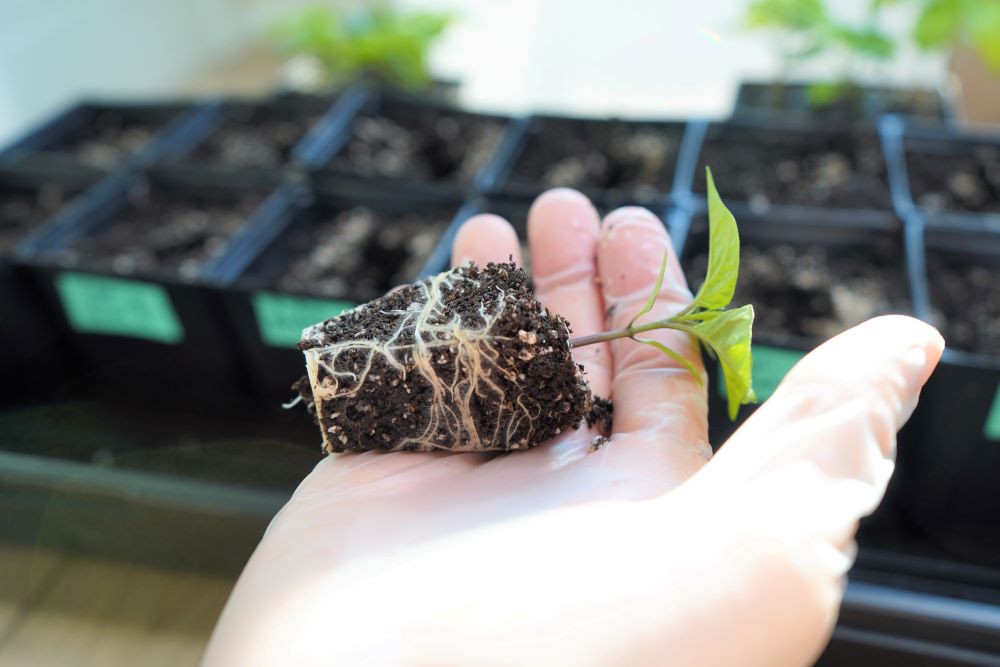
Ongoing Care and Maintenance
To ensure healthy growth and abundant peppercorn production:
Pruning
- Regularly pinch off the growing tips to encourage bushiness
- Remove any dead, diseased, or crossing branches
- Prune after harvesting to maintain desired shape and size
Pest and Disease Management
- Monitor for common pests like aphids, mealybugs, and scale insects
- Treat infestations with insecticidal soap or neem oil
- Ensure good air circulation to prevent fungal diseases
- Remove any infected leaves or stems promptly
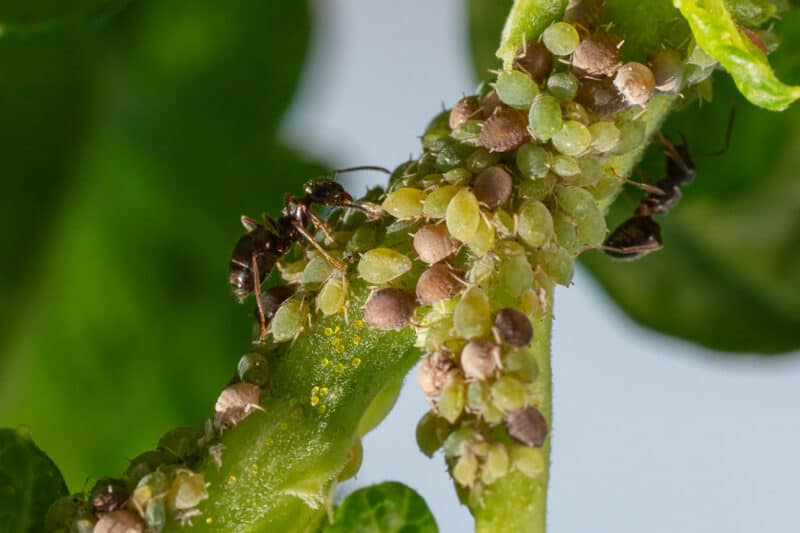
Winter Care
- If growing outdoors in marginal climates, protect plants from frost
- Move container plants indoors when temperatures drop below 60°F (15°C)
- Reduce watering and fertilizing during winter months
Harvesting Peppercorns
The most exciting part of growing peppercorn plants is harvesting your own spice:
- Peppercorn plants typically begin producing fruit after 3-4 years
- Harvest when fruit clusters are fully formed but still green
- Use clean, sharp scissors to cut entire fruit clusters
- For black peppercorns, dry the green fruits in the sun for 5-7 days
- For white peppercorns, remove the outer skin of fully ripe red fruits before drying
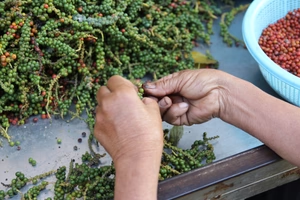
Conclusion: Spice Up Your Life with Homegrown Peppercorns
Growing peppercorn plants is a rewarding journey that combines gardening skills with culinary appreciation. While it requires patience and attention to detail, the satisfaction of harvesting your own peppercorns is unmatched. As you nurture your peppercorn vines, you’ll not only add a unique element to your garden but also gain a deeper appreciation for this ubiquitous spice.
Remember, success in growing peppercorn plants comes from understanding their tropical nature and providing the right conditions. With the knowledge and tips shared in this guide, you’re well-equipped to embark on your peppercorn growing adventure. So why wait? Start your peppercorn plants today and spice up your gardening experience!
People also ask:
How long does it take for peppercorn plants to produce fruit?
Peppercorn plants typically take 3-4 years to start producing fruit when grown from seeds or cuttings. With proper care, they can continue to produce for 20-30 years.
Can I grow peppercorn plants indoors?
Yes, peppercorn plants can be grown indoors in containers. Provide bright, indirect light, maintain high humidity, and use a support structure for the vines to climb.
How often should I water my peppercorn plant?
Water your peppercorn plant when the top inch of soil feels dry. Ensure consistent moisture without waterlogging the roots. Frequency will depend on your climate and growing conditions.
What are common pests that affect peppercorn plants?
Common pests include aphids, mealybugs, scale insects, and spider mites. Regular inspection and prompt treatment with insecticidal soap or neem oil can help control these pests.
Can I grow peppercorn plants from store-bought peppercorns?
While it’s possible to grow plants from store-bought peppercorns, the success rate is low. Many commercial peppercorns are treated or too old to germinate. It’s best to purchase fresh seeds from a reputable supplier.